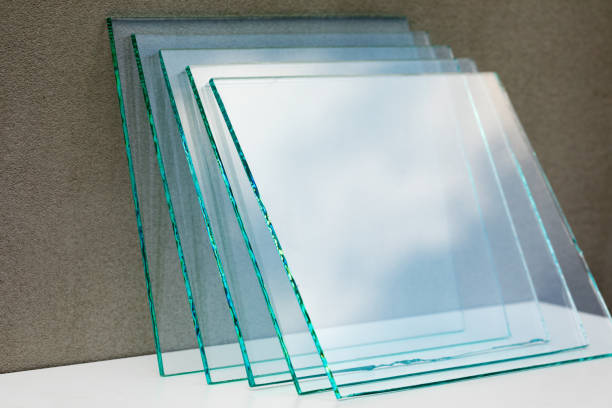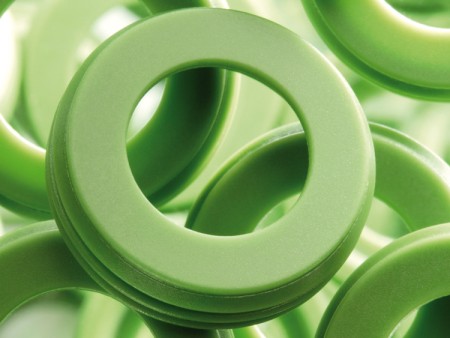Float glass is manufactured through a melting process, where recycled glass, lime, silica sand, potash, and soda are melted in a furnace and floated onto a bed of molten tin. Float glass is being increasingly used in the building & construction industry, which comprises the residential, commercial, and industrial sectors. The glass has a high degree of light transmission, the ability to produce a range of colors and opacities, and good chemical inertness, which propels its demand from the construction industry. The float glass is used for windows and doors in the residential sector, serving both aesthetic and functional applications. It is also being increasingly utilized in interior design and modern architecture. In the commercial sector, float glass is in demand as it provides an attractive and easy-to-maintain exterior surface. Float glass offers light and heat transmittance, influencing the amount of heating and cooling required inside a building according to different seasons and climates. The float glass is also being used as display windows in the retail outlets due to its transparent nature, hardness, and ease of cleaning.
Increase in Demand from Building & Construction Industry
Due to the rise in environmental concerns, there has been an increased demand for float glasses in the construction industry as they help in achieving Leadership in Energy and Environment Design (LEED) certification for residential and commercial constructions. The rise in consumer awareness about the safety of buildings and an increase in focus on maintaining the government’s building codes are expected to boost the demand for float glasses. Thus, the increasing demand for float glasses from the building & construction industry would fuel the growth of the float glass market during the forecast period.



